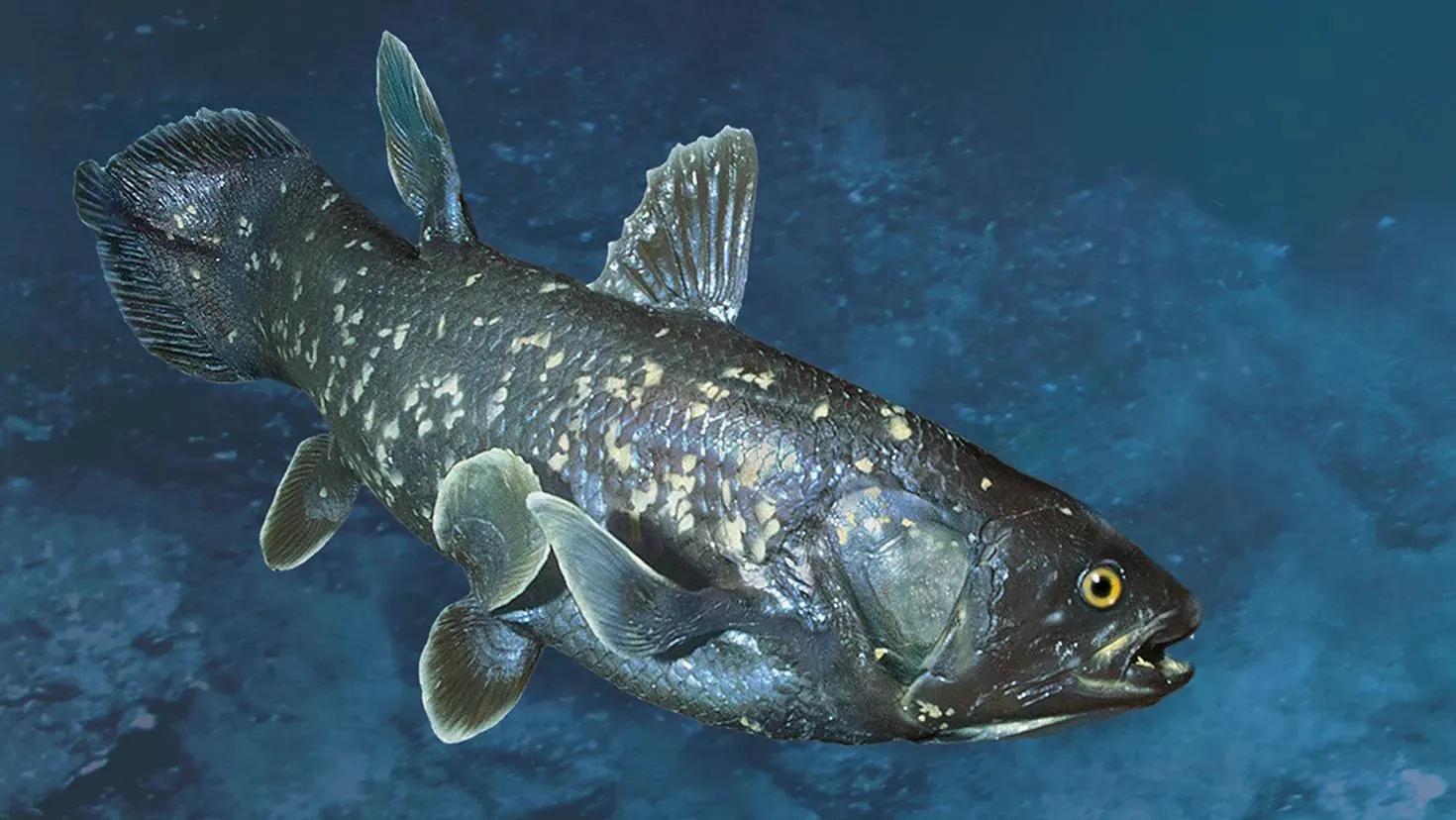The rediscovery of the four-legged coelacanth, a 420 million-year-old giant fish, in the Indian Ocean is thought to have gone extinct decades ago
Huge "fish fossils" whose origins date back 420 million years. The Western Indian Ocean is off the coast of Madagascar.
The 6.5-foot-heavy, 198-pound Latimeria chaurnae is said to have gone extinct at least a century ago. However, the recent study was published in the journal SA Sciences and it was revealed that as of May 2020, as of May 2020, up to 334 coelacanth cavities had been recorded.
FISERMAN, 12, won a $15,000 prize for catching 26 pounds of fish in New York.
Coelacanths, also known as "four-legged fish," roam deep-sea canyons between 350 and 1,600 feet because of their strong fins.


Rare prehistoric fish, previously thought to be extinct, is thought to be the missing bond between fish and quadrupeds. According to the Smithsonian's Ocean Portal, this fish was rediscovered in 1938 with gillnets.
The species is named after its discoverer, Marjorie Courtney-Latimer, professor J.L. .B Smith of Rhodes University, which reportedly described it as weighing up to 200 pounds.
In an interview, the study's lead author said he and his researchers were shocked by the number of by-catch cavities cavities cavant echinoflages cavities cavant cavities cavities cavity echinoflorns caught in the gills known as "jarifa."
When looking at this issue further, we are interested in... Alarmed, although Madagascar has not yet taken proactive measures to monitor or protect it,
Chicory, on the other hand, is classified as a serious threat from IUCN, with more "four-legged" coelacanths being caught near Tanzania, South Africa and the Comoros.
The study also raises a case for conservation – although the number of species is unclear – and points to the negative impact of gillnet fishing on the shark fin trade.
"The Jarifa gillnets used to catch sharks are a relatively new and deadly invention because they are large enough to fit in deep water," the researchers said. "There is no doubt that the large mesh gillnet is now the greatest threat to the survival of the Malagasy coelacanth."
